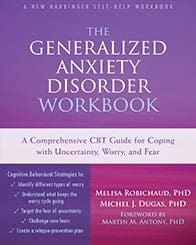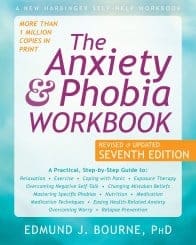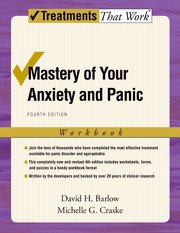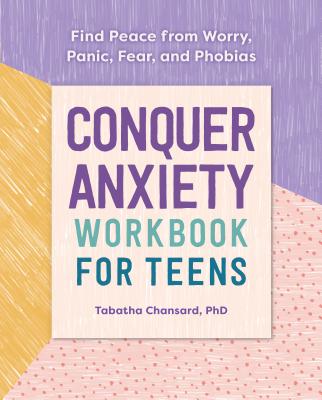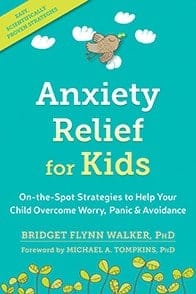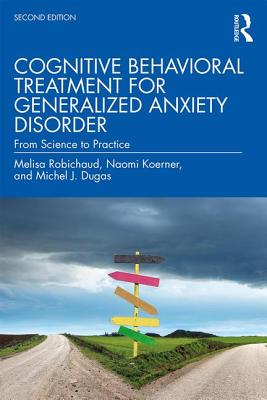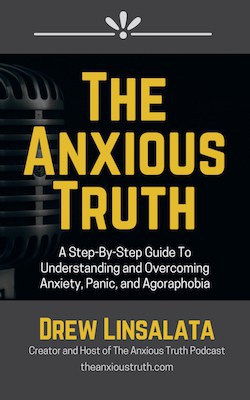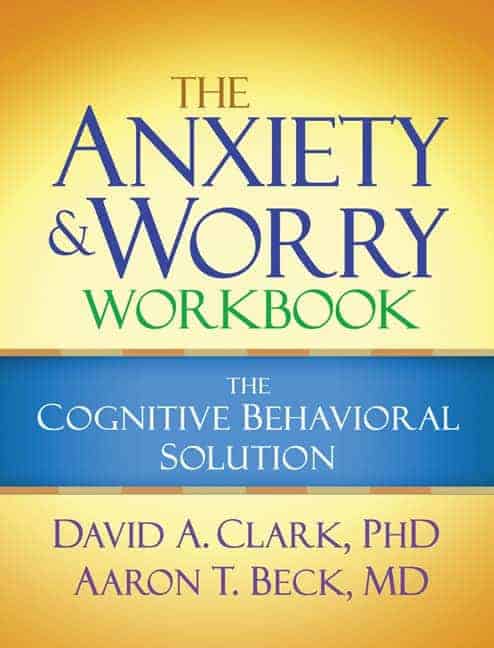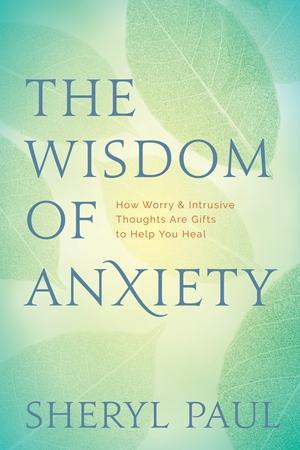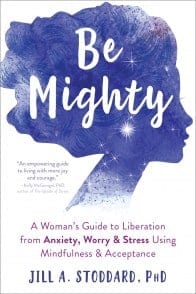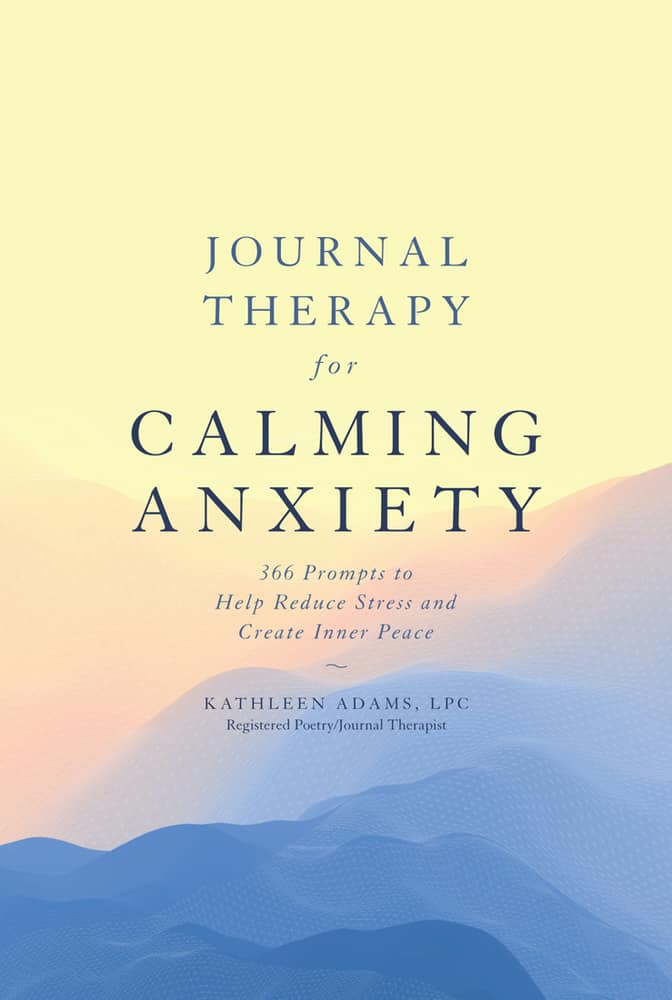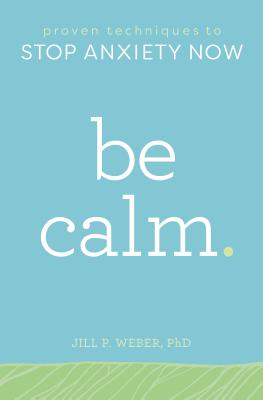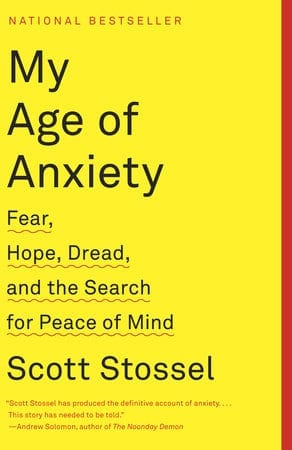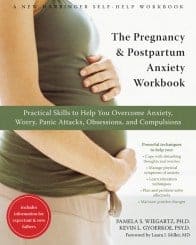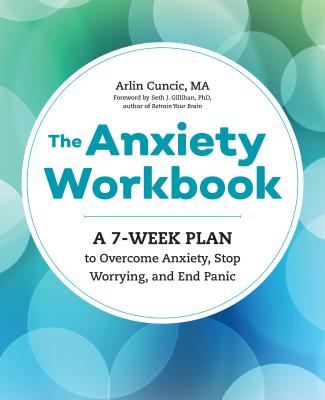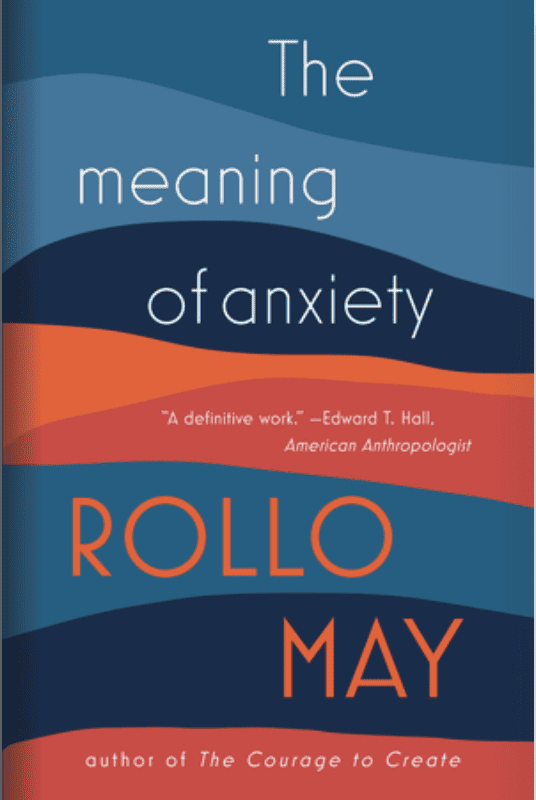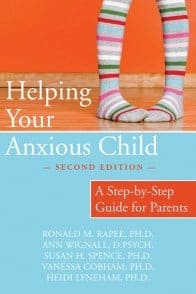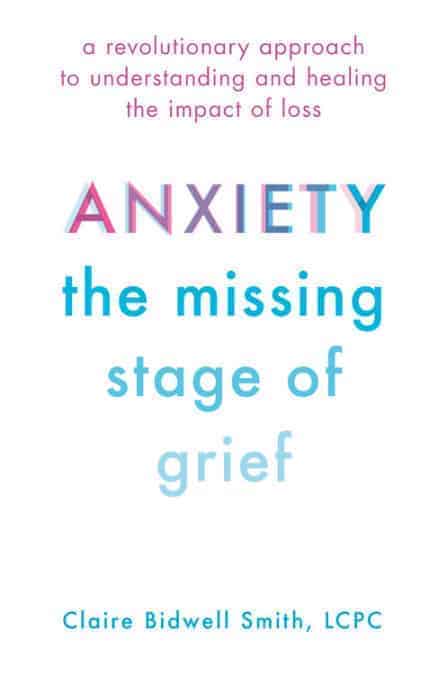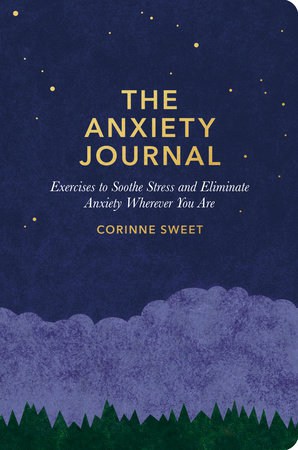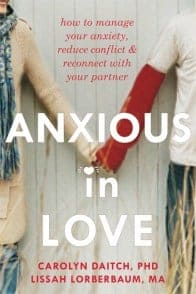Mental Health and Conditions
Generalized Anxiety Disorder: Overview, Causes, Treatments
THC Editorial Team December 11, 2020

Contents
- Overview
- What Is Generalized Anxiety Disorder?
- Symptoms of Generalized Anxiety Disorder (GAD)
- Causes and Risk Factors of Generalized Anxiety Disorder
- How Is Generalized Anxiety Disorder Diagnosed?
- Treatments for Generalized Anxiety Disorder (GAD)
What Is Generalized Anxiety Disorder?
A little anxiety is normal in certain situations; however, people who experience generalized anxiety disorder (GAD) suffer from excessive, uncontrolled, and irrational worry about daily activities or situations. With GAD, anxiety or worry can become so intense that it gradually interferes with day-to-day family, social, financial, and health-related activities.1,2,3,4 GAD is often chronic and can be severely disabling if it is not treated.
GAD affects about 6% of the general population at some point in their lives6 and more than 3% of the population in the United States in a given year.7 GAD can affect people of all ages, and women are twice as likely as men to experience it.7 Fortunately, psychotherapy, medication, and specific healthy lifestyle modifications considerably improve symptoms associated with GAD.
What Are the Symptoms of Generalized Anxiety Disorder?
Symptoms can vary but commonly include the following:1,3,4,5,8
Emotional or Mental Symptoms
- restlessness
- tension or feeling on edge
- difficulty focusing or concentrating
- irritability
- impending feelings of dread or doom
- irrational worries about everyday objects or situations
- difficulty managing feelings of worry or nervousness
- anticipating the worst and being alert for signs of danger
- recurring intrusive thoughts
- awareness about excessive worry
Physical Symptoms
- feelings of pressure on the chest
- pounding or racing heart
- shortness of breath
- sweating
- trembling or shaking
- muscle tension
- problems falling or staying asleep
- headaches, fatigue, and insomnia
- upset stomach, frequent urination, or diarrhea
- difficulty swallowing
Symptoms associated with GAD typically interfere with daily social, personal, and professional activities and responsibilities.
Causes and Risk Factors of Generalized Anxiety Disorder
While the exact causes of GAD are not understood, a combination of factors can increase a person’s risk for developing GAD. These include hereditary causes, environmental conditions, and life experiences such as the following:1,3,4,6,9
- genetic predisposition
- excess mental stress
- trauma
- parenting styles
- stress due to an underlying medical condition
- personality traits
- brain chemical imbalances (serotonin and noradrenaline)
- substance abuse
How Is Generalized Anxiety Disorder Diagnosed?
GAD is diagnosed clinically; no laboratory-based test has been developed to confirm the diagnosis.1 Physicians or mental health professionals usually diagnose GAD by taking a detailed medical history and evaluating a patient’s mental and physical states. However, a physician might order laboratory tests to rule out other medical conditions. Although GAD shares similarities with other anxiety disorders, it is a separate entity. Occasionally, individuals affected by GAD may also have another mental health condition, such as panic disorder, major depressive disorder, or substance abuse. Any co-occurring conditions may negatively affect the course of the disorder and a person’s response to treatment.6
According to the Diagnostic and Statistical Manual of Mental Disorders (5th edition; DSM-5)1 and the International Classification of Diseases (11th edition; ICD-11),10 the duration of symptoms is important when diagnosing GAD. Usually, symptoms associated with GAD persist for more than 6 months and typically disturb daily activities.
Treatments for Generalized Anxiety Disorder
GAD is commonly treated through psychotherapy, medication, and various forms of holistic and complementary care.4,6,7,8,9
Psychotherapy
Psychotherapy describes a variety of healing and treatment techniques that aim to help people identify and reduce the impacts of challenging emotions, thoughts, and behaviors in everyday life.9
Cognitive Behavioral Therapy (CBT).
Cognitive Behavioral Therapy (CBT) teaches people to observe and modify problematic ways of thinking, behaving, and reacting to triggering situations. CBT addresses negative patterns and distortions in the way people perceive the world and themselves. These interventions focus on reframing negative thoughts and beliefs so that they become less threatening and provoke less anxiety. CBT is the most widely researched therapy for anxiety disorders, and it is especially helpful in treating GAD.4
Mindfulness- and Acceptance-Based Therapies.
Mindfulness- and Acceptance-Based Therapies involve openness to and acceptance of unpleasant thoughts, emotions, and experiences that are inevitable parts of life. Theories behind such practices suggest that accepting “unpleasant inner experiences with willingness, openness, curiosity, compassion, and a nonjudgmental stance”6 is a healthier approach than avoiding or suppressing these states—which can paradoxically increase their frequency and intensity. Key mindfulness- and acceptance-based therapies include acceptance and commitment therapy, dialectical behavior therapy, and mindfulness-based cognitive therapy. Mindfulness- and acceptance-based approaches have been used successfully to treat GAD.6
Medication
According to the National Institute of Mental Health (NIMH), medication does not cure anxiety disorders, but it can significantly relieve their symptoms. Medication for GAD must be prescribed by medical doctors, including psychiatrists or primary care providers. The most common types of medications used to assist people with GAD are antidepressants and antianxiety medications (such as benzodiazepines).4,11
Antidepressants.
According to theNIMH, antidepressants, such as selective serotonin reuptake inhibitors and serotonin-norepinephrine reuptake inhibitors, are primarily used to treat depression, but they can also be used to treat GAD and other anxiety disorders. People may need to try several different antidepressants, under the supervision of a doctor, before finding one that works well.4,11
Antianxiety Medications.
According to the NIMH, “Anti-anxiety medications can help reduce the symptoms of anxiety, panic attacks, or extreme fear and worry.”11 The most common antianxiety medications are benzodiazepines, which are sedatives that can be used to manage severe forms of GAD.4
A different type of antianxiety medication is buspirone, which was designed to treat chronic anxiety. Although buspirone may help alleviate some of the symptoms of GAD, people may have to take the medication continuously for several weeks before they see results.4 Buspirone is not effective for everyone.11
Holistic and Complementary Approaches
According to the National Center for Complementary and Integrative Health, several complementary treatments may help improve various forms of anxiety and, possibly, anxiety disorders.12 Examples of complementary approaches that may effectively treat GAD are listed below.
Relaxation Techniques.
These techniques can help a person reduce stress. They include breath focus/awareness, body scanning, progressive muscle relaxation, visualization, deliberate or meditative movement, meditation, and prayer and mantras.13
Mindfulness Techniques.
Mindfulness is a practice in which people focus their attention on being aware of what they are sensing and feeling in the present moment—without interpretation or judgment and with curiosity, openness, and acceptance.14,15
Meditation.
A mind, body, and spirit practice that has been used throughout history, meditation is known to help with “increasing calmness and physical relaxation, improving psychological balance, coping with illness, and enhancing overall health and well-being.”16 Studies have shown that mindfulness meditation programs moderately improve anxiety.16
Biofeedback.
Biofeedback is a technique in which individuals learn how to modify their physiology to improve their physical, mental, emotional, and spiritual health while connected to electrical sensors that help them receive information about their bodies.17
Lifestyle Modifications.
Stress reduction, physical exercise, sleep maintenance, and avoidance of alcohol, caffeinated drinks, and smoking can help ease the symptoms of GAD.










